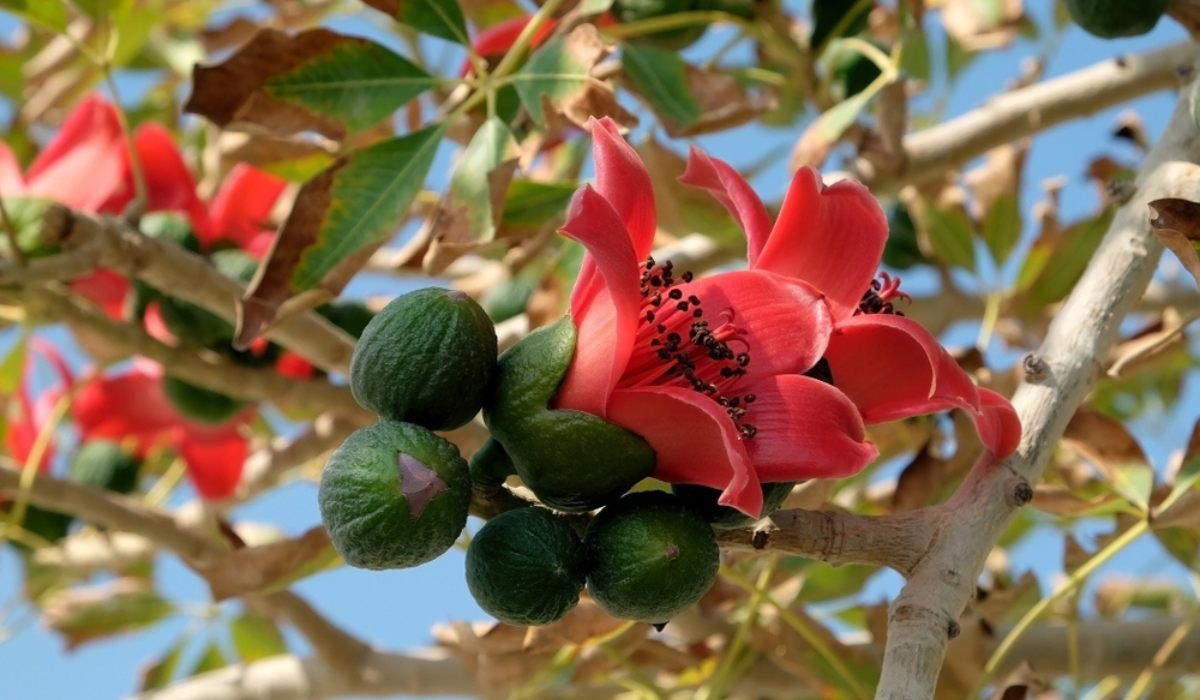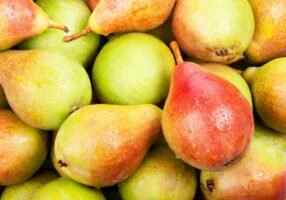Also known as the silk cotton tree and Bombax Ceiba, the Semal tree is a large, fast-growing tree native to India. It is known for its distinctive, spiky red flowers and its fluffy seed pods, which contain a cotton-like substance that was once used for stuffing pillows and mattresses. The tree is prized for its ornamental value and is often grown in parks and gardens.
In its native habitat, the silk cotton tree is usually found growing near rivers and streams and is well-suited to tropical and subtropical climates. The tree is not particularly frost-tolerant and may get damaged by prolonged exposure to cold temperatures.
See also: Streblus asper: All about the toothbrush tree
Semal tree: Key facts
| Botanical name: | Bombax ceiba |
| Type: | Deciduous tree |
| Leaf type: | Large, glossy leaves that are lanceolate in shape, meaning that they are narrow and pointed at the ends |
| Flower: | Showy, red flowers about 2 inches in diameter and have a pleasant, sweet fragrance |
| Varieties available: | 4 |
| Also known as:
|
Silk cotton tree |
| Height: | Height up to 30 m
|
| Sun exposure: | A location that receives total sun exposure, meaning that it gets at least six hours of direct sunlight per day |
| Ideal temperature: | Range 28 – 42°c |
| Soil type: | Well-draining, sandy loam soil |
| Soil pH: | pH between 6.0 and 6.5 |
| Basic requirements: | Moist soil with regular fertilisation and total sun exposure |
| Ideal location for placement: | The best location for a Semal tree is one that provides the tree with plenty of sunlight, well-draining soil, and enough space to grow |
| Ideal season to grow: | A distinct dry season |
| Maintenance: | Low maintenance |
know about: streblus asper
Semal tree: Physical description
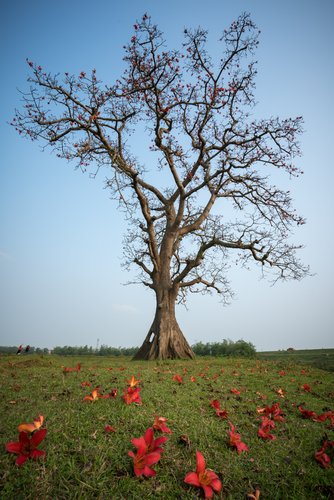
The silk cotton tree, or the semal tree, is a large, quick-growing tree with a broad, spreading canopy. It has a straight, sturdy trunk and a rough, dark-coloured bark. The tree leaves are large and glossy, and it bears clusters of showy, red flowers that bloom in the summer.
After the flowers bloom, the tree produces long, fluffy seed pods containing a cotton-like substance. The seed pods are green at first and turn brown as they mature. The tree is known for its distinctive, spiky red flowers and fluffy seed pods, giving it a unique and striking appearance.
In addition to its ornamental value, the silk cotton tree is also prized for its medicinal properties. The tree’s bark, leaves, and seeds are utilised in traditional medicine to cure various ailments, including fever, diarrhoea and skin conditions. The tree is also used as a natural remedy for wounds and cuts.
Semal tree: How to grow ?
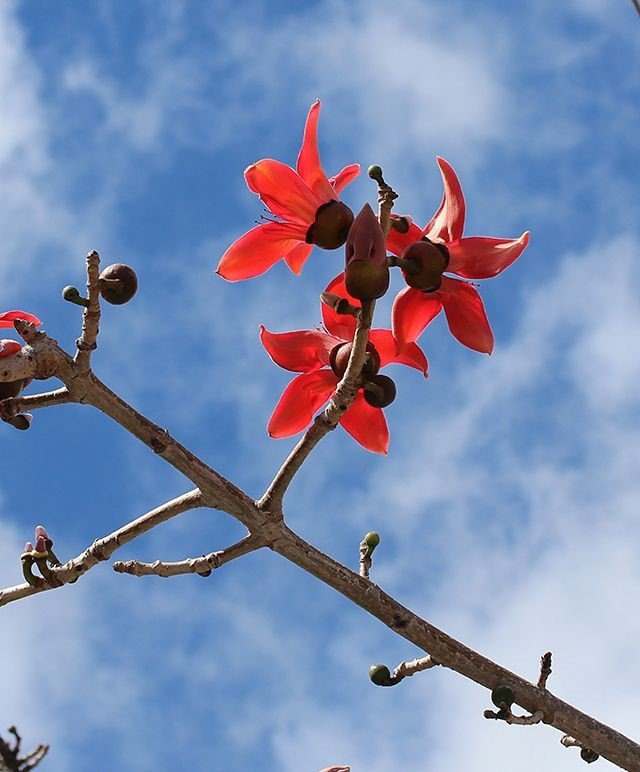
Source: Pinterest
To grow a semal tree, follow these steps:
- Choose a location: The semal tree needs total sun exposure and well-draining soil. Avoid planting it in low-lying areas where frost may settle.
- Purchase a tree: You can buy a semal tree from a nursery or online. Be sure to choose a variety that is well-suited to your climate.
- Plant the tree: When planting the tree, be sure to dig a broad and deep hole into accommodating the roots. Place the tree in the hole and fill it with soil, tamping it down gently to remove any air pockets. Water the tree well after planting.
By following these steps, you can easily grow a healthy semal tree that will produce a good crop of showy, red flowers and fluffy seed pods.
Semal tree: Care tips
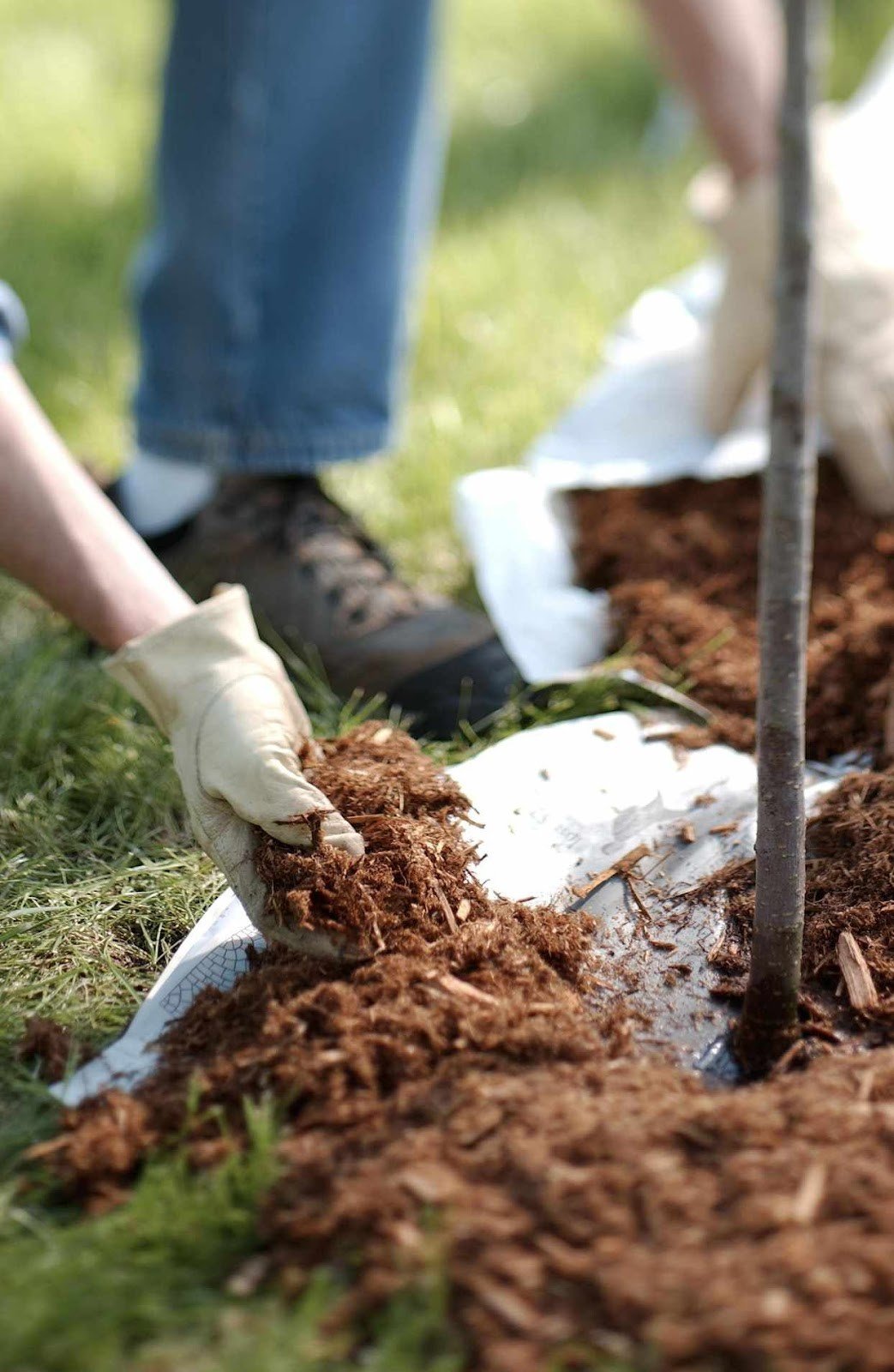
Source: Pinterest
To take care of a semal tree, also known as a red cotton silk tree, follow these steps:
- Water: The semal tree needs plenty of water to thrive, especially during hot, dry periods. Water the tree deeply once or twice a week, depending on the weather.
- Fertilise: Fertilise the tree with a balanced fertiliser in the spring season and again in the fall. Be sure to avoid over-fertilising, as this can lead to excessive foliage at the expense of flower and seed pod production.
- Prune and train: Prune the tree annually to remove any crossed or damaged branches and introduce it to a central leader system.
- Mulch: Mulch around the tree’s base to conserve moisture and suppress weeds.
- Pest control: Get rid of pests like aphids and scale insects. If you notice any pests, try using natural methods of control, such as introducing predators or using horticultural oil or soap.
- Disease prevention: The semal tree can be prone to certain diseases, such as powdery mildew and leaf spot. To prevent these diseases, avoid overhead watering, keep the tree well-pruned, and remove any infected branches.
By following these steps, you can grow a strong and healthy semal tree and produce a good crop of showy, red flowers and fluffy seed pods.
Semal tree: Propagation
Semal trees can be propagated by seed or cuttings of half-ripe wood. The seeds have a high germination rate when sown fresh without any pre-treatment. However, some reports suggest that soaking the seeds for 12 hours prior to sowing can improve germination rates, especially for seeds that have dried somewhat. The seeds can be sown in a sunny position, either in the desired location or in a nursery bed. Germination usually occurs within 10 to 25 days.
Once the seedlings reach a height of 5cm, they can be transplanted into individual containers and grown for 12 months before planting them in their permanent location. Cuttings of half-ripe wood can also be used for propagation.
Semal tree: Benefits and uses
In addition to its ornamental value, the semal tree has a number of uses and benefits. Some of the most notable are:
- Medicinal properties: The bark, leaves, and seeds of the semal tree are utilised in traditional medicine to cure various ailments, including fever, diarrhoea and skin conditions. The tree is also used as a natural remedy for wounds and cuts.
- Timber: The wood of the semal tree is solid and durable and is often used for construction, furniture-making, and other woodworking applications.
- Landscaping: The semal tree is often used as a street tree or in park and garden settings due to its attractive appearance and fast growth rate.
- Soil stabilisation: The roots of the semal tree are profound and widespread, making it effective at stabilising soil and preventing erosion.
- Fibre: The semal tree is a great source of fibre. The cotton-like substance is usually used for stuffing pillows.
- Cultural and spiritual significance: In some cultures, the semal tree is considered sacred and associated with spiritual or religious beliefs.
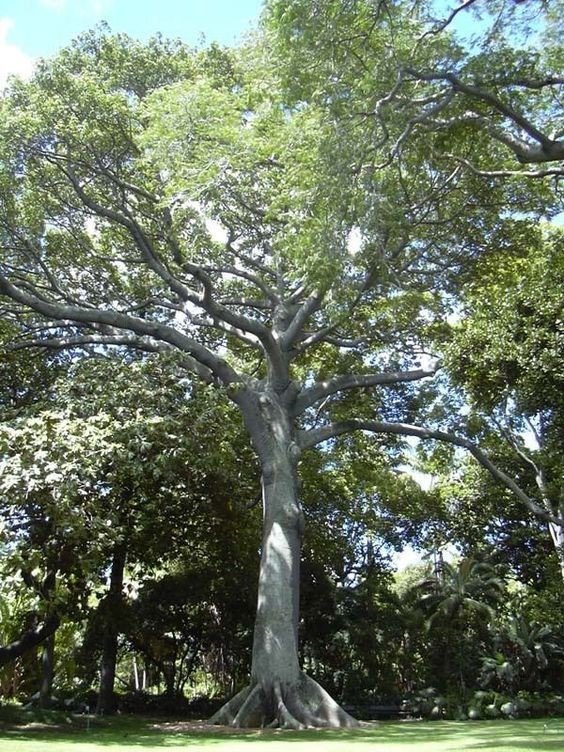
Source: Pinterest
Overall, the semal tree is a valuable and versatile plant with several uses and benefits.
Semal tree: Toxicity
The cotton tree (Bombax ceiba) is not generally considered to be toxic to humans or animals. However, the seeds of the cotton tree contain a poisonous substance called cardenolide, which can be toxic if ingested in large quantities.
FAQs
How big should my semal tree be?
The semal tree should be at least 12 feet tall.
How much water does a semal tree need?
Semal trees need about 8 to 10 inches of water per week during their initial growing season and nearly 4 to 6 inches of water per week during the winter.
Housing News Desk is the news desk of leading online real estate portal, Housing.com. Housing News Desk focuses on a variety of topics such as real estate laws, taxes, current news, property trends, home loans, rentals, décor, green homes, home improvement, etc. The main objective of the news desk, is to cover the real estate sector from the perspective of providing information that is useful to the end-user.
Facebook: https://www.facebook.com/housing.com/
Twitter: https://twitter.com/Housing
Email: [email protected]
